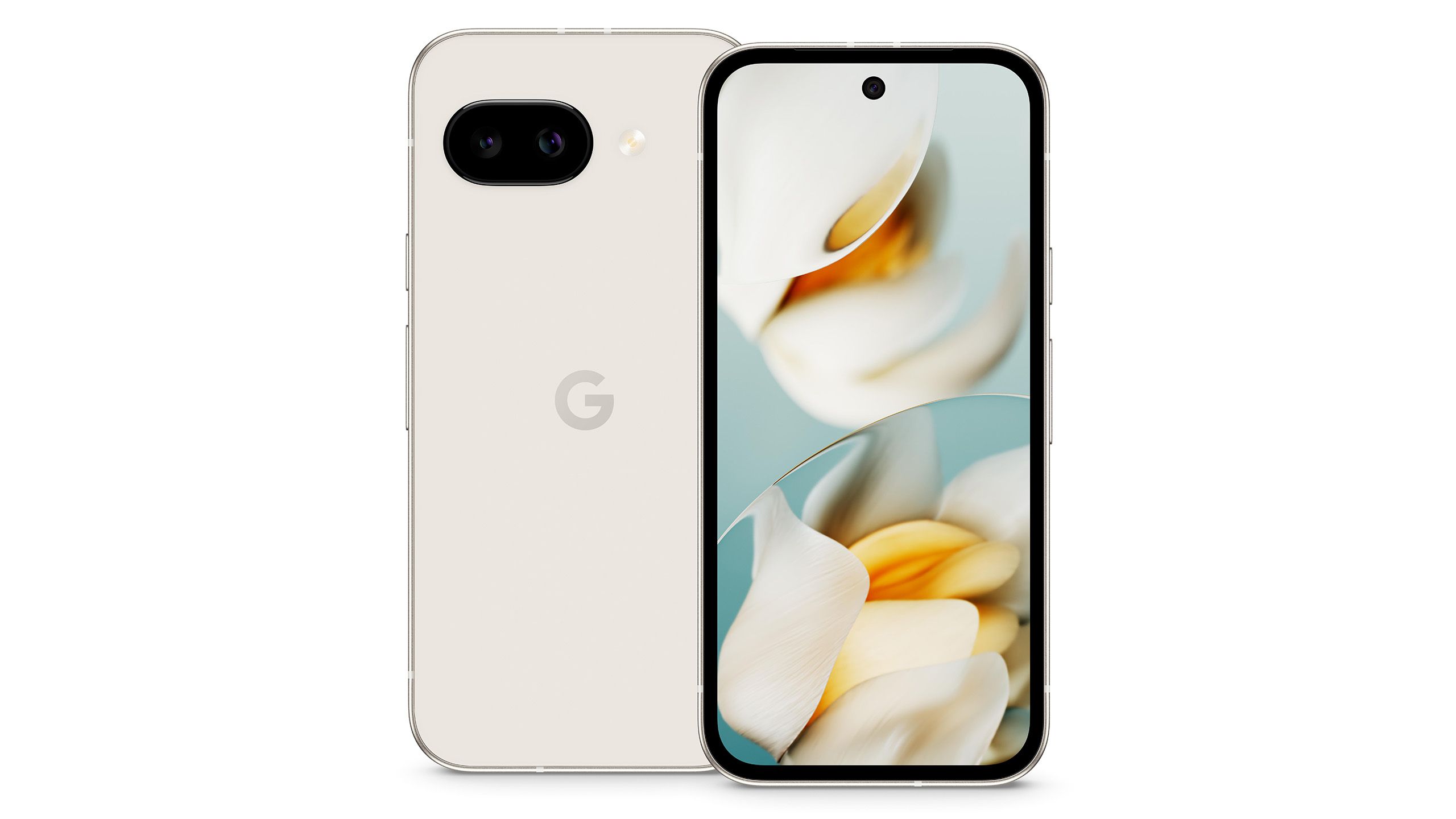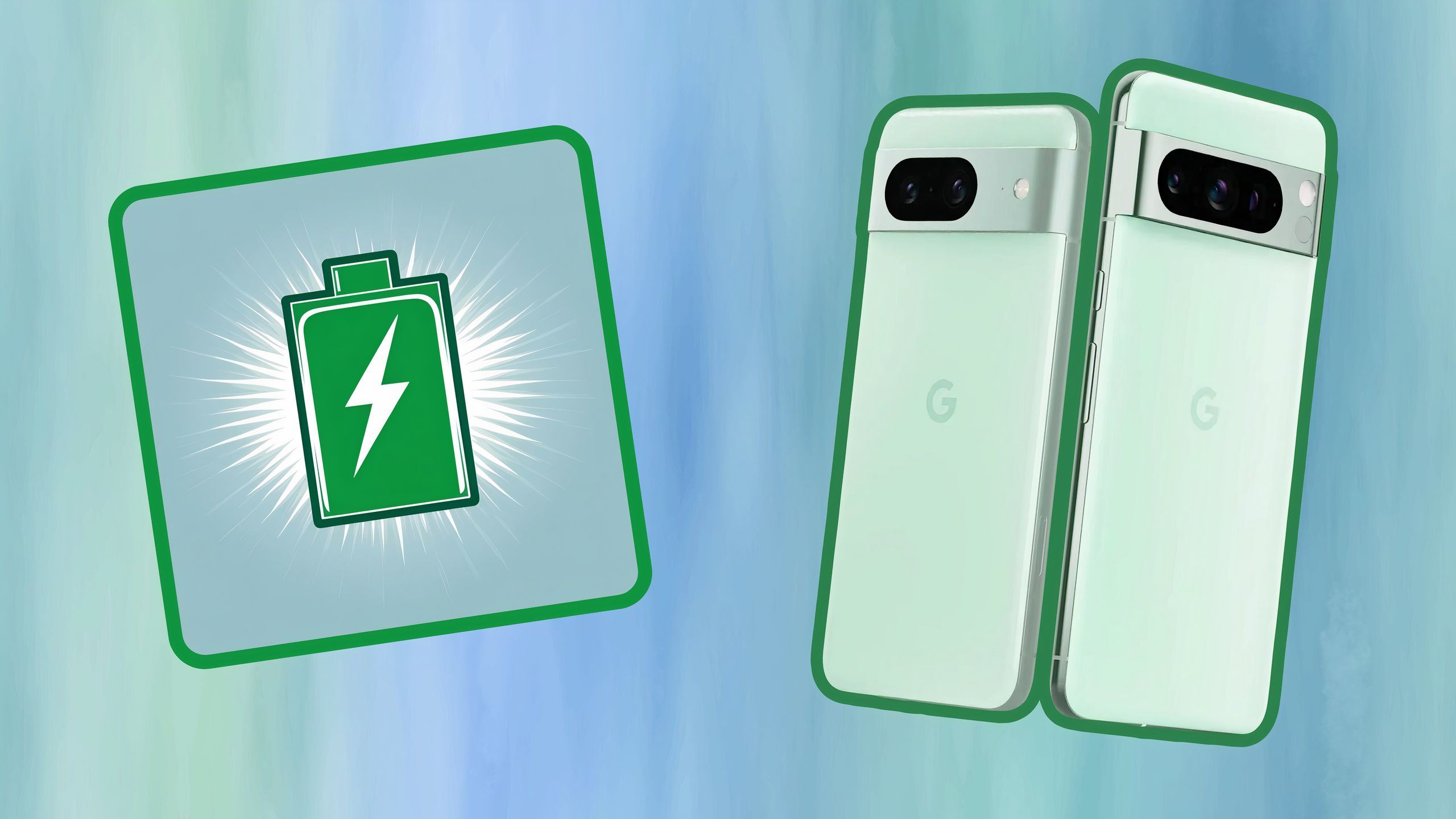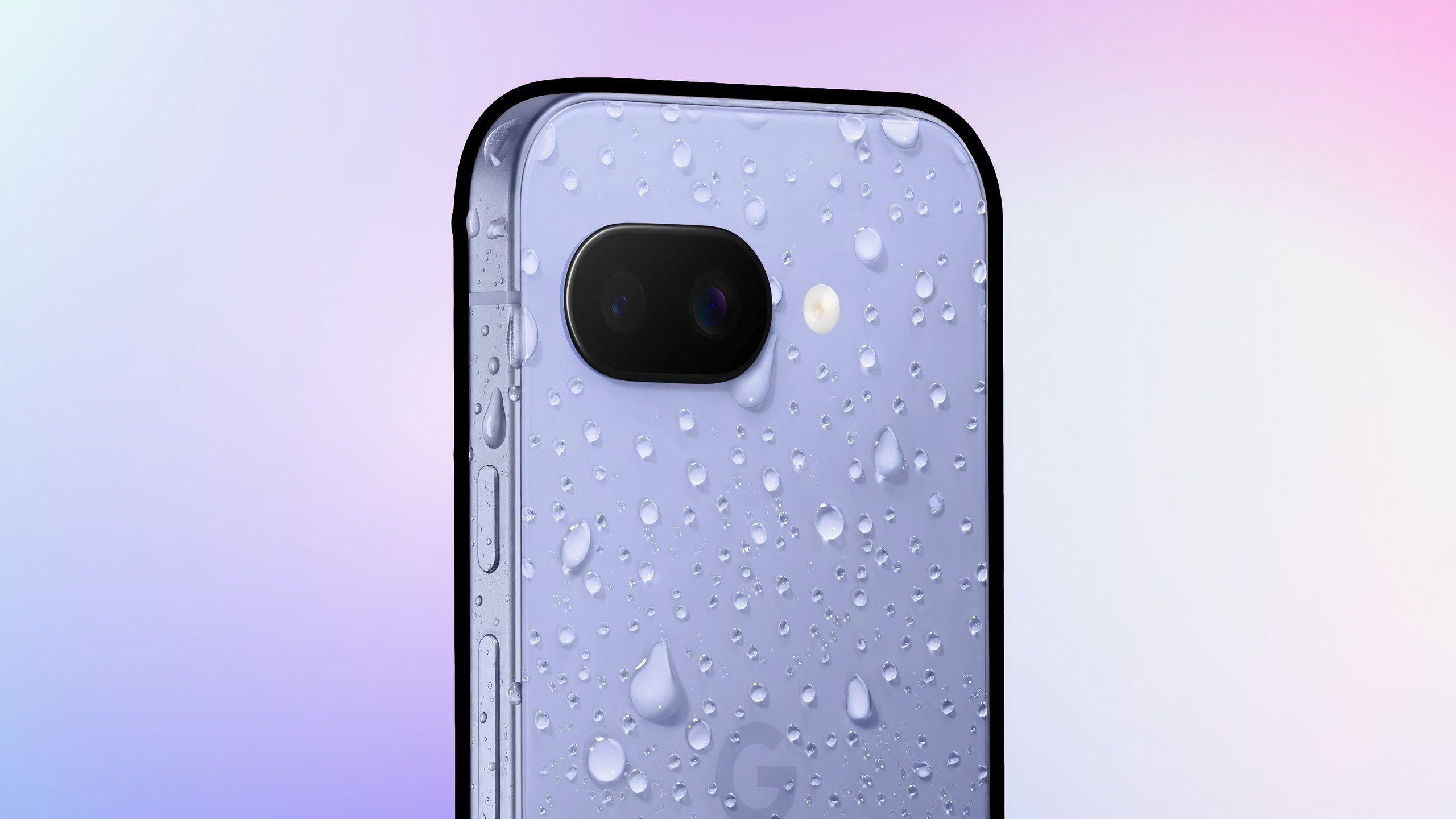Summary
- According to a new Google support document, the upcoming mid-range Pixel 9a phone will ship with an all-new battery health feature.
- This feature, called Battery Health Assistance, is designed to protect the phone’s battery from long-term wear and tear.
- Google has confirmed that the feature will first arrive on the Pixel 9a, followed by other Pixel models “starting later this year.”
According to a new support document update published on Google’s Pixel Phone Help page, the company’s upcoming mid-range Pixel 9a smartphone will ship with a battery health feature not seen on previous Google handsets to this point.
This battery health feature, which was first spotted by 9to5Google, is officially referred to by Google as Battery Health Assistance. The feature is designed to prevent undue wear and tear on your Pixel phone’s battery, which is subject to a natural chemical degradation process as more charge cycles take place over time.
“Your Pixel 9a will receive a software update that automatically helps manage the long term health and performance of its battery as it ages. This software will adjust the battery’s maximum voltage in stages that start at 200 charge cycles and continue gradually until 1000 charge cycles to help stabilize battery performance and aging,” Google’s support document reads.
1:46
Related
Google’s Pixel 9a is sadly delayed – here’s why
For this week’s tech update, we fill you in on why the Pixel 9a is delayed, the latest handheld gaming device that’s been announced, and discuss the two new smartwatches that are entering the market.
Google says that for Pixel 9a users, a small decrease in battery runtime might occur as the power pack ages. The new Battery Health Assistance tool will automatically tune the phone’s charging speed based on the battery’s performance capacity, as determined by the software. In other words, the feature won’t be customizable from a user-facing perspective.
In a statement provided to Android Police, a Google spokesperson clarified that Battery Health Assistance will be made available to a “selection of Pixel devices” sometime later this year, confirming that the feature won’t remain exclusive to newly-released Pixel hardware for long. Additionally, the statement confirms that the feature will be “voluntary for any customers using previously launched devices.”

Pixel 9a
Google’s mid-range Pixel 9a offers impressive high-end features like a 48-megapixel main shooter, a 13-megapixel ultrawide camera with macro, its Tensor G4 chip, and 8GB of RAM, all in a cost-effective $500 package.
In principle, Battery Health Assistance is a useful feature
Google is working to extend the shelf life of your Pixel phone’s battery pack, but it might be taking a heavy-handed approach
Pocket-lint / Google
It’s a well-known fact that the lithium-ion batteries powering our modern smartphones are consumable products with a limited shelf life. We’ve seen other phone makers fiddle with charging voltages and performance profiles to mitigate degradation in the past, including a high-profile Apple “Batterygate” scandal from a few years back.
Unlike with BatteryGate, Google’s upcoming Battery Health Assistance feature doesn’t appear to alter processor performance. Rather, it appears to simply throttle down the charging speed and voltage capacity on the battery side, doing so in stages of 200 charge cycles a piece.
Google’s relative transparency on the matter is appreciated.
While the potential to experience decreases in battery charging performance and battery runtime is unfortunate, it’s a net positive for overall battery integrity and sytem stability. Google’s relative transparency on the matter is appreciated, and I’m happy to hear that Battery Health Assistance will be a toggleable setting when it hits older Pixel devices later this year.
Unfortunately, it looks like Pixel 9a users won’t be able to opt out of the feature at all — a win for Google from a control standpoint, but a loss for consumer agency. I’m all for providing advanced battery-saving tools and in-built voltage monitoring in our gadgets, but I’d love to remain in control of my hardware’s destiny — even if it means making the wrong choice from a health and longevity standpoint.

Related
The latest Pixel update recalibrates this battery feature (that you should be using)
With its latest Pixel Drop, Google has tidied up the recalibration logic on its charging limit feature – here’s how to enable the useful battery tool.
Trending Products

AULA Keyboard, T102 104 Keys Gaming Keyboard and Mouse Combo with RGB Backlit Quiet Laptop Keyboard, All-Steel Panel, Waterproof Gentle Up PC Keyboard, USB Wired Keyboard for MAC Xbox PC Players

Acer Aspire 3 A315-24P-R7VH Slim Laptop computer | 15.6″ Full HD IPS Show | AMD Ryzen 3 7320U Quad-Core Processor | AMD Radeon Graphics | 8GB LPDDR5 | 128GB NVMe SSD | Wi-Fi 6 | Home windows 11 Residence in S Mode

MATX PC Case, 6 ARGB Followers Pre-Put in, Sort-C Gaming PC Case, 360mm Radiator Help, Tempered Glass Entrance & Facet Panels, Mid Tower Black Micro ATX Laptop Case

Wireless Keyboard and Mouse Combo, Lovaky 2.4G Full-Sized Ergonomic Keyboard Mouse, 3 DPI Adjustable Cordless USB Keyboard and Mouse, Quiet Click for Computer/Laptop/Windows/Mac (1 Pack, Black)

Lenovo Newest 15.6″ Laptop, Intel Pentium 4-core Processor, 15.6″ FHD Anti-Glare Display, Ethernet Port, HDMI, USB-C, WiFi & Bluetooth, Webcam (Windows 11 Home, 40GB RAM | 1TB SSD)

ASUS RT-AX5400 Twin Band WiFi 6 Extendable Router, Lifetime Web Safety Included, Immediate Guard, Superior Parental Controls, Constructed-in VPN, AiMesh Appropriate, Gaming & Streaming, Sensible Dwelling

AOC 22B2HM2 22″ Full HD (1920 x 1080) 100Hz LED Monitor, Adaptive Sync, VGA x1, HDMI x1, Flicker-Free, Low Blue Mild, HDR Prepared, VESA, Tilt Modify, Earphone Out, Eco-Pleasant

Logitech MK540 Superior Wi-fi Keyboard and Mouse Combo for Home windows, 2.4 GHz Unifying USB-Receiver, Multimedia Hotkeys, 3-12 months Battery Life, for PC, Laptop computer








